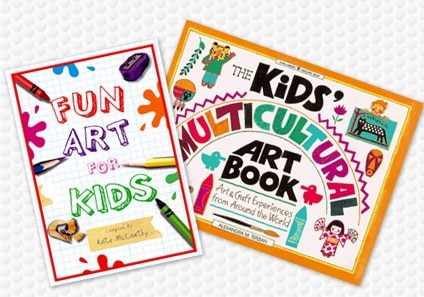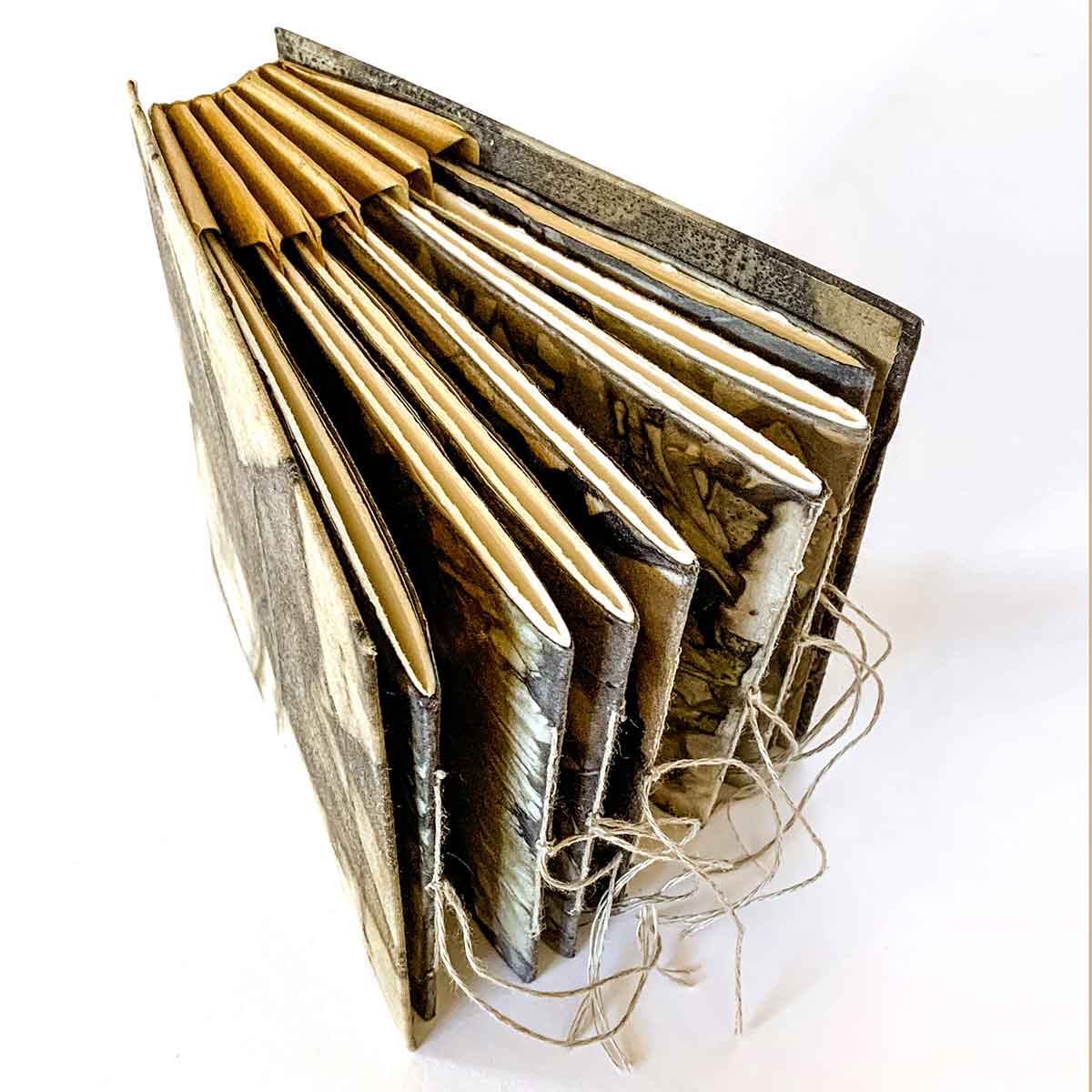Top Things to Watch Out For When Printing an art book
Top Things to Watch Out For When Printing an art book
Blog Article
Revealing the Tricks of Effective Art Book Printing Techniques for Creative Professionals
When it pertains to producing an art book, every information matters. You require to think of paper selection, binding alternatives, and color precision. It's not simply about visuals; it has to do with just how your work reverberates with the target market. The options you make can raise your job or lessen it. So, what are the key methods that can guarantee your art book attracts attention in a crowded market? Allow's explore these essential aspects better.
Comprehending the Relevance of Paper Selection
When it comes to art book printing, paper selection is essential for accomplishing the preferred aesthetic influence. The type of paper you select can considerably influence exactly how colors appear, textures feel, and exactly how your art work reverberates with viewers.
A glossy finish can make colors pop, while a matte surface could lend a more controlled, imaginative vibe. Additionally, don't overlook the importance of acid-free paper to guarantee durability and protect against yellowing gradually.
Examination samples prior to completing your choice; this'll assist you see just how your art connects with various documents. Eventually, the appropriate paper can elevate your art book from regular to remarkable, making a long lasting impression on your audience.
Exploring Binding Options for Art Books
As you immerse on your own on the planet of art book printing, exploring binding choices is necessary for bringing your vision to life. The option of binding impacts not only the aesthetics yet additionally the performance of your book. For a sleek and modern look, consider excellent binding, which enables a level spine and easy readability. If you desire a more responsive experience, attempt saddle stitching, which is fantastic for thinner publications and keeps expenses down.
If your book includes one-of-a-kind components, like fold-outs or combined media, lay-flat binding may be your finest bet, allowing pages to open completely without losing material. Pick intelligently, and your binding will certainly enhance the general impact of your art book.
Grasping Shade Precision in Publish

When preparing your documents, transform photos to the CMYK color mode, as this is what printers make use of. Be conscious of color rooms; Adobe RGB offers a wider range than sRGB, however it's imperative to transform to CMYK before printing to stay clear of shocks.
Test prints are very useful; they let you see exactly how colors translate to paper. Make adjustments based upon these proofs. Communicate with your printer concerning your shade expectations-- cooperation can lead to spectacular outcomes. With interest to detail, you can accomplish dynamic, true-to-life shades in your art book.
Making Certain High Photo Resolution for High Quality
To guarantee your art book catches the magnificent detail of your images, high picture resolution is important. Purpose for a minimum of 300 DPI (dots per inch) for optimal top quality. This assures that every information in your artwork appears crisp and vivid, allowing your visitors to value the nuances of your creative thinking.
When preparing your images, always begin with the highest resolution feasible. If you're scanning art work, make use of a premium scanner and select the ideal settings. If you're utilizing digital data, make certain they're conserved in layouts like TIFF or PNG, which maintain picture top quality better than JPEGs.
Likewise, take into consideration the final dimension of your images in print. An image that looks excellent on your display might not translate well to print if it's as well little. By concentrating on check out here high picture resolution, you'll produce a professional art book that showcases your job in the very best light.
The Function of Design and Design in Art Books
While crafting an art book, the format and style play a necessary role in enhancing the visual experience. You want your audience to engage with your work, and a thoughtful format can guide their trip through the web pages. Take into consideration the equilibrium between message and images; way too much text can bewilder, while also little may leave your message uncertain.
Use whitespace efficiently to give your art work breathing area, permitting each item to beam. Believe regarding the flow of the web pages-- how each photo engages with the following. This can develop a story that draws readers in and maintains them astounded.
Make certain your design straightens with the general theme of your book, developing a natural experience. With careful focus to layout and layout, your art book can become a stunning aesthetic story that resonates with your target market.
Choosing the Right Printing Method
The right printing method can considerably influence exactly how your art book is perceived and experienced. Digital printing is perfect for short runs, using fast turn-around times and lively shades that bring your art work to life.

Budgeting for Art Book Production
Budgeting for art book manufacturing is crucial, and obtaining a clear image of your expenditures can save you from unanticipated costs later. Begin by defining your spending plan, taking into consideration all facets like style, printing, and distribution. Research printing alternatives to discover one that fits your high quality and quantity demands without breaking the bank.
Do not fail to remember to include prices for materials, such as paper and ink, as well as any type of additional attributes like embossing or specialized finishes. Consider layout expenditures, whether you're doing it yourself or employing a specialist. Likewise, make up marketing and promo, as they're vital for reaching your audience.

Frequently Asked Concerns
What Are the most effective Printers for Art Book Projects?
When picking printers for your art book tasks, take into consideration high-grade inkjet designs like Canon or Epson. They provide lively colors and sharp information, ensuring your art work stands out wonderfully on every page.
Exactly how Do I Prepare My Apply For Printing?
To prepare your apply for printing, guarantee you've set the correct resolution, color see page mode, and documents style (art book). Don't fail to remember to consist of bleed and crop marks, so your artwork prints flawlessly with no unwanted borders
What Is the Ordinary Turn-around Time for Art Book Printing?
The standard turn-around time for art book printing differs, yet you can typically expect it to take in between 2 to 4 weeks. Variables like complexity and quantity can influence this timeline, so plan accordingly.
Can I Publish Art Books in Tiny Quantities?
Yes, you can print art books in little amounts. Numerous printing services supply short-run alternatives, allowing you to produce minimal versions without high Learn More in advance costs. This flexibility helps display your job while handling budget restraints effectively.
What Prevail Blunders to Prevent in Art Book Printing?
When printing art publications, avoid common blunders like bad file resolution, forgeting shade calibration, and neglecting to proofread. Don't take too lightly the significance of picking the right paper and binding techniques for your job.
Report this page